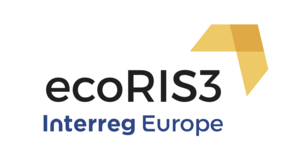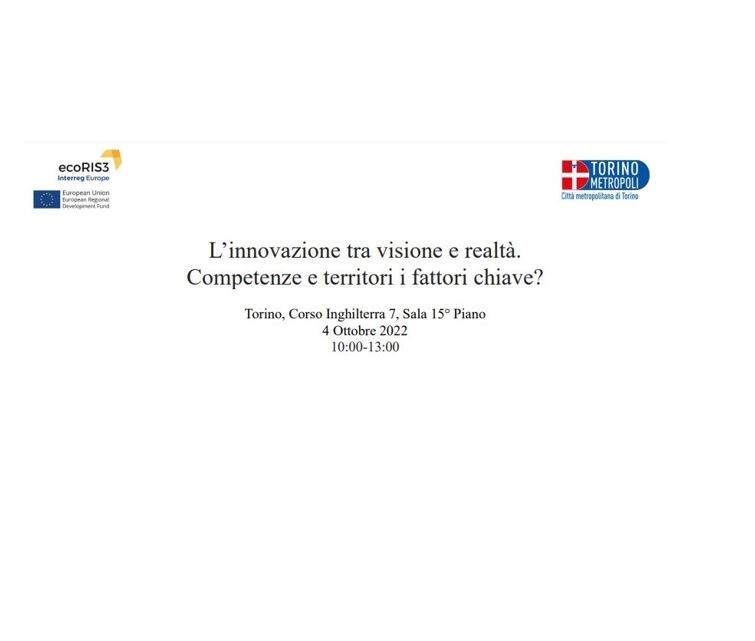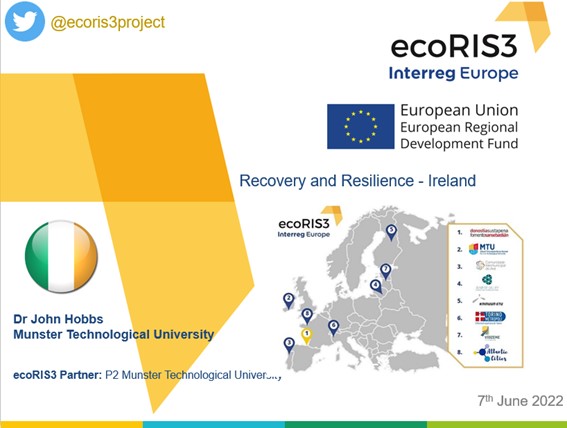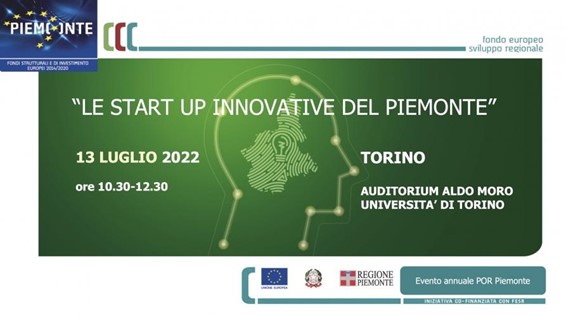The European Comission 2018 European Innovation Scoreboard published on 22 of June shows that the EU's innovation performance continues to improve, but further efforts are needed to ensure Europe's global competitiveness.
In general, during the period 2010-2017 innovation performance has increased most in Lithuania (20,1% ), the Netherlands (15,9 %), Malta (15,2%), and the United Kingdom (14,0 %). However, Lithuania occupies the 20th place on the scoreboard and is among moderate innovators. There are many opportunities for improvement.
Every year, the Commission publishes a comparative assessment of the innovation performance of Member States and benchmarks it with international competitors. The data helps Member States, and the EU as a whole, assess in which areas efforts need to be focused.
This year's edition of the European Innovation Scoreboard reveals a positive trend in the majority of EU countries – most notably in Malta, the Netherlands, and Spain, with Sweden remaining the EU innovation leader. The EU is catching up with key competitors such as Canada, Japan and the United States. But closing this innovation gap and maintaining the lead over China will require a concerted effort to deepen Europe's innovation potential.

The 2018 European Innovation Scoreboard: key findings
• Sweden is once again the EU innovation leader, followed by Denmark, Finland, the Netherlands, the United Kingdom, and Luxembourg which joins the top innovators group this year. Germany drops to the group of strong innovators.
• On average, the innovation performance of the EU has increased by 5.8% since 2010. Over the last 8 years, innovation performance increased in 18 EU countries and decreased in ten. Performance has increased most in Lithuania, Malta, the Netherlands and the United Kingdom while it decreased most in Cyprus and Romania.
• At the global level, the EU is catching up with Canada, Japan and the United States. The EU maintains its lead over China, but this lead is decreasing rapidly with China having improved almost three times as fast as the EU. Relative to South Korea, the EU has been falling behind, but a gradual catch-up is expected over the next years.
In selected areas of innovation, the EU leaders are:
• Denmark – human resources and innovation-friendly environment;
• Luxembourg – attractive research systems;
• France – finance and support;
• Ireland – innovation in SMEs, employment impacts, and sales impacts;
• Belgium – innovation linkages and collaboration.
• Innovation performance has improved most in the area of broadband penetration, human resources, and the attractiveness of research systems, especially through international co-publications.
• Public R&D expenditures as a share of GDP remain below their 2010 level.
Background
About two-thirds of Europe's economic growth over the last decades has been driven by innovation. With only 7% of the world's population, Europe accounts for 20% of global R&D investment, produces one third of all high-quality scientific publications, and holds a world leading position in industrial sectors such as pharmaceuticals, chemicals, mechanical engineering and fashion. Europe is also strong in supporting innovation through Key Enabling Technologies, such as photonics and biotechnology.
But Europe is also lagging behind in many areas. EU companies spend less on innovation than their competitors. Venture capital remains underdeveloped in Europe, resulting in companies moving to ecosystems where they have better chances to grow fast. Public investment across the EU falls short of 3% GDP target. R&D intensity is still uneven among EU regions, with investment and research heavily concentrated in Western Europe. And 40% of the workforce in Europe lacks the necessary digital skills.
The annual European Innovation Scoreboard provides a comparative assessment of the research and innovation performance of the EU countries and selected third countries. It analyses the relative strengths and weaknesses of national research and innovation systems and helps countries assess areas in which they need to concentrate their efforts to boost their innovation performance.
Over the next two years, the EU's overall innovation performance is expected to improve by 6%.
Source: http://mita.lrv.lt/en/news/european-innovation-scoreboard-2018-results-europe-must-deepen-its-innovation-edge











